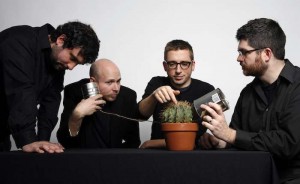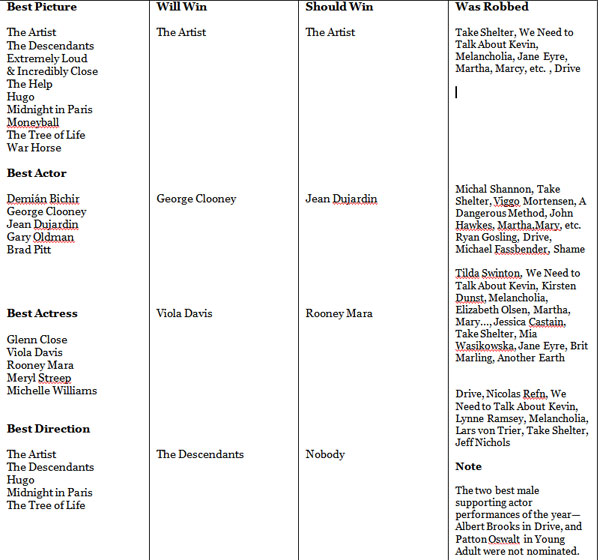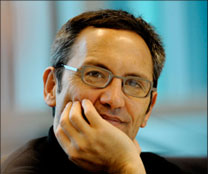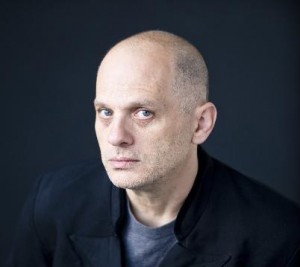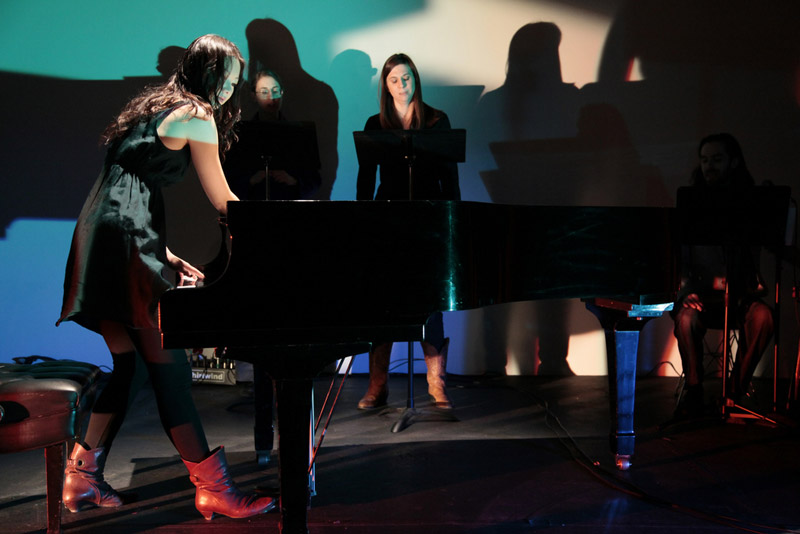
Many of us love to see musical works created to accompany choreography performed with dancers involved. But this weekend finds musicians approaching these pieces from another vantage point. Ne(x)tworks, Greenwich Music House’s ensemble-in-residence, presents “Music Without Dance,” a festival of works originally written for dance that are abstracted from movement and performed as absolute music.
What’s revealed about these pieces by listening to them while imagining (or even avoiding thinking about) the dances to which they were originally attached? Curation by subtraction: I like it!
Ne(x)tworks Presents the “Music Without Dance” Festival
Saturday, February 25th: 7:30PM concert
Sunday, February 26th: 6:00PM free panel discussion, 7:30PM concert
at Greenwich House Music School
(46 Barrow Street at Bedford, 212-242-4770)
Concert tickets: $15 at door, Students/Seniors $10 (no advance sales)
Event Link
“Music Without Dance” Program:
Saturday, Feb. 25, 7:30PM
Concert program:
Moving Spaces (2002) by Christian Wolff
Migrations (2008) by Miguel Frasconi
Future Sight (2010) by Shelley Burgon
Relative Calm (1981) by Jon Gibson
Sunday, Feb. 26, 6:00PM
FREE panel discussion on the relationship between music and dance.
With choreographers Yoshiko Chuma, Katherine Beyar, Nai-Ni Chen, Erica Essner,
and composers Joan La Barbara, Miguel Frasconi, John King, Annea Lockwood.
Sunday, Feb. 26, 7:30PM
Concert program:
Stuplimity No. 3 (2007) by Christopher McIntyre
Desert Myths (2006) by Joan La Barbara
Jitterbug (2007) by Annea Lockwood
DELTA (dreamdeepdown) (2002) by John King
Ne(x)tworks is: Joan La Barbara (voice), Shelley Burgon (harp & electronics), Yves Dharamraj (cello), Miguel Frasconi (glass instruments & electronics, Director), Ariana Kim (violin), Christopher McIntyre (trombone), and special guest Jenny Lin (piano). Learn more on the Ne(x)tworks website www.nextworksmusic.net.

